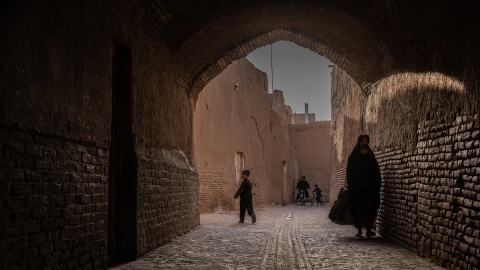In recent times, a large number of unusual sandstorms have engulfed parts of Iraq, Iran, Syria, Kuwait and Saudi Arabia. The intensity of the storms has increased due to low rainfall due to climate change.
Let's take a look at the images caused by sandstorms in Middle Eastern countries:
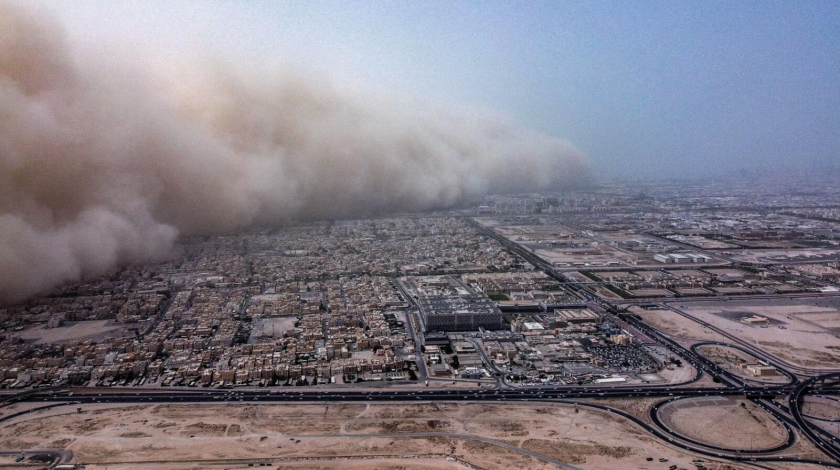
An aerial view of a large dust storm approaching Kuwait City on May 23.
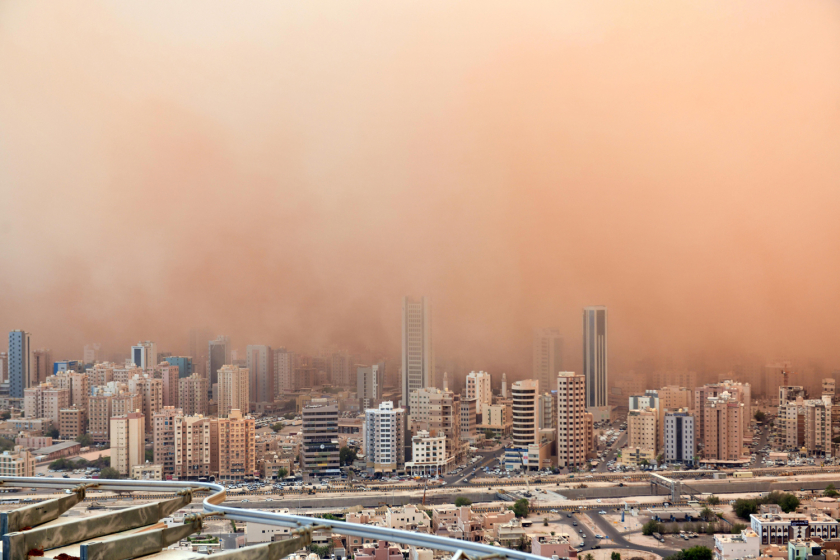
Kuwait City submerged by sandstorm on May 23

A child cleans during a sandstorm at the Imam Ali shrine in Najaf

A young man dives into the Shatt al-Arab river during a sandstorm in the southern Iraqi city of Basra on May 16.
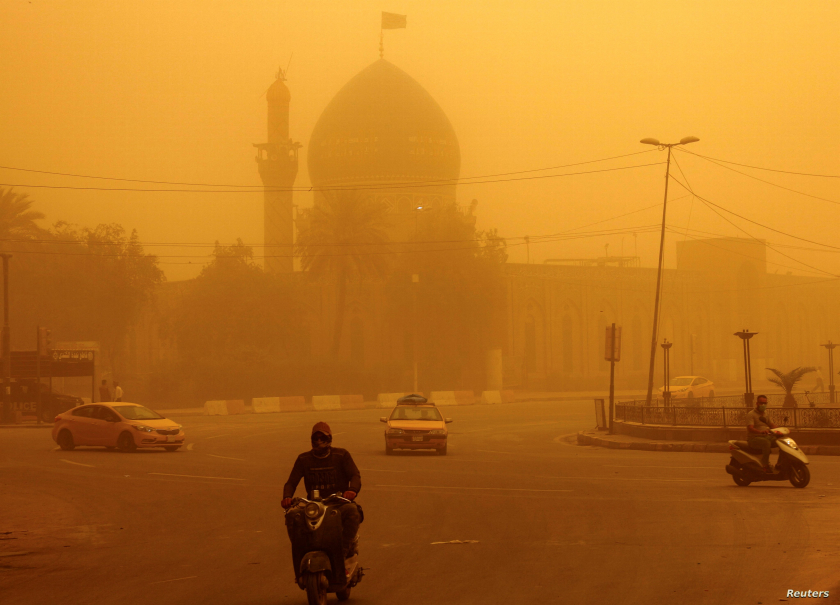
Dust flies in the sky during a sandstorm in Baghdad
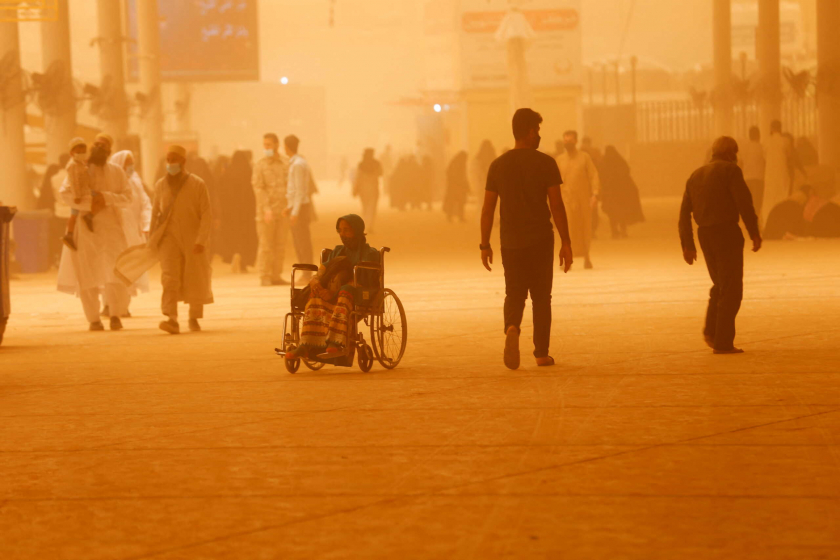
View of people outside during a sandstorm in Najaf

A man walks along a pedestrian bridge over the Euphrates River in Nasiriyah city, Dhi Qar province, southern Iraq, on May 16, during a heavy sandstorm.
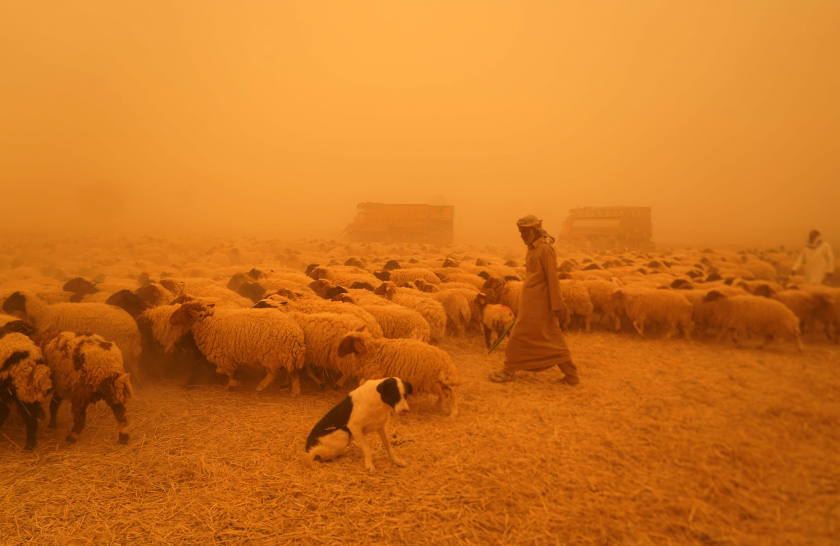
Bedouin shepherds walk with their flocks outside Najaf

The Ferris wheel is barely visible through the thick smog in Najaf.

The bridge gradually disappeared into the dust in Najaf on May 22.

A woman looks at her phone as she walks during a severe dust storm in Kuwait City.
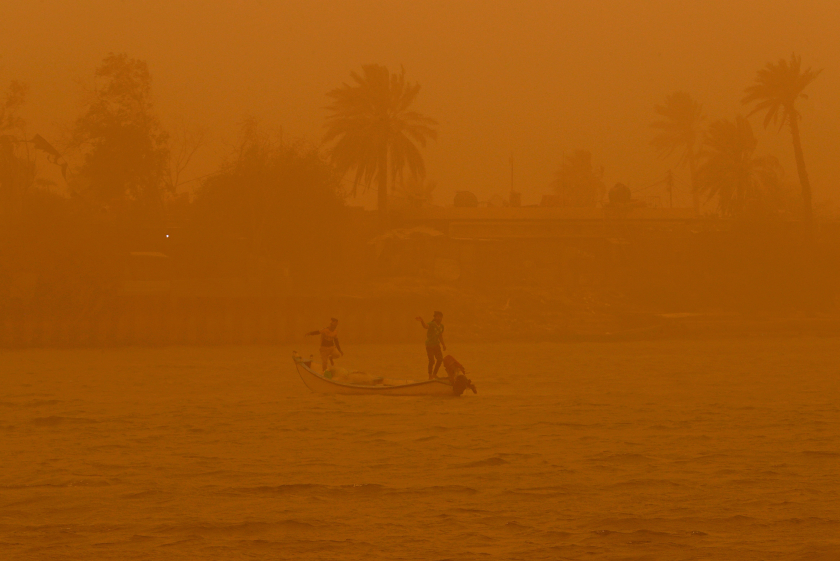
Fishermen navigate the Shatt al-Arab river during a sandstorm in Basra
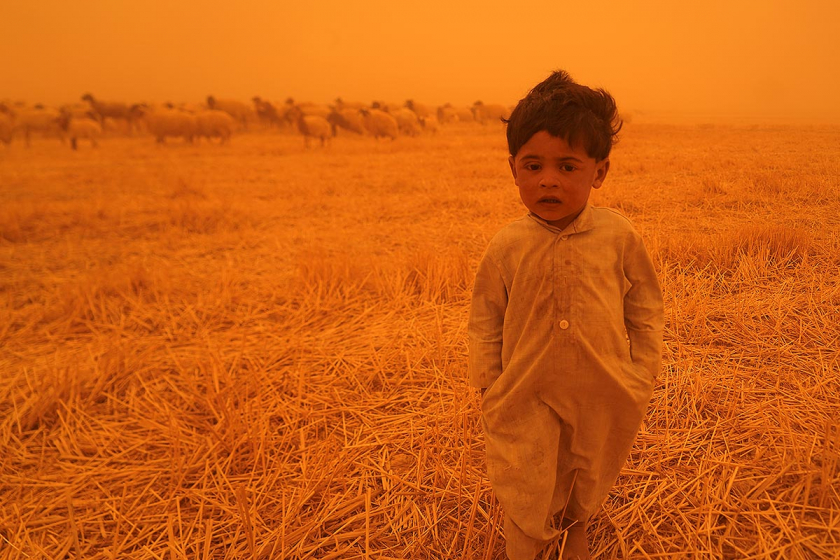
A child near a field where Bedouin shepherds walk with their sheep in the al-Henniyah area outside Najaf, Iraq, as a sandstorm sweeps through.
Some officials and experts say the increasing frequency of sandstorms stems from poor agricultural management, ongoing droughts and the effects of climate change. Experts warn that widespread dust storms will become an annual spring phenomenon and persist throughout the summer due to the influence of monsoons. These factors threaten to bring socio-economic disaster to countries in the region.




























